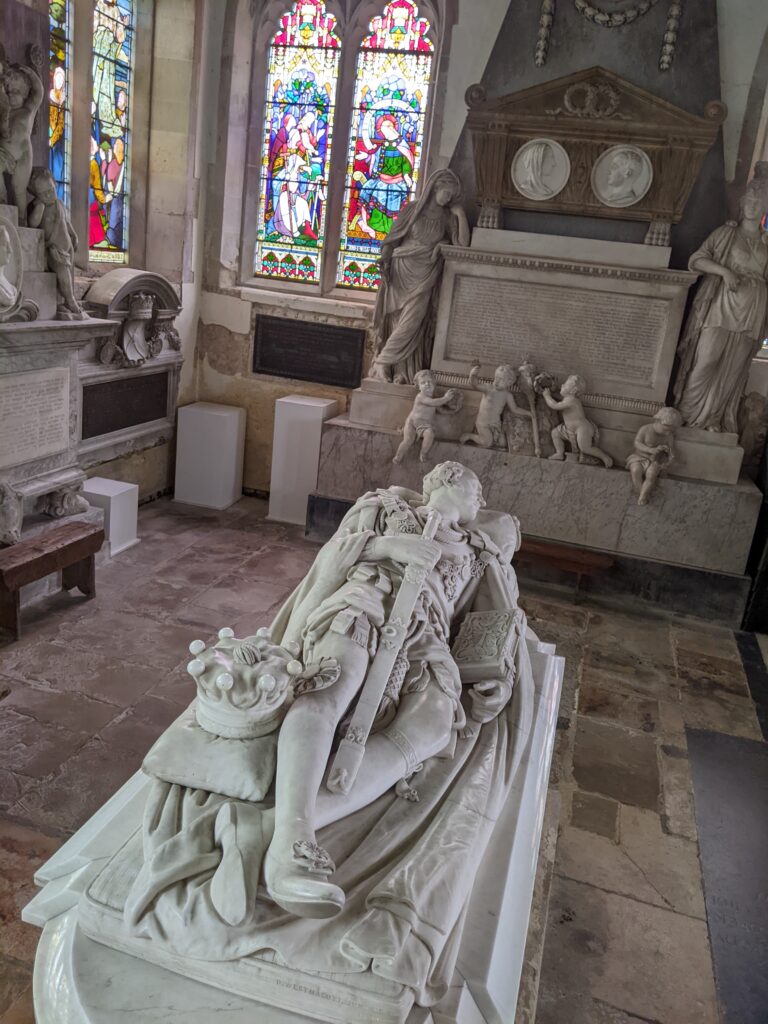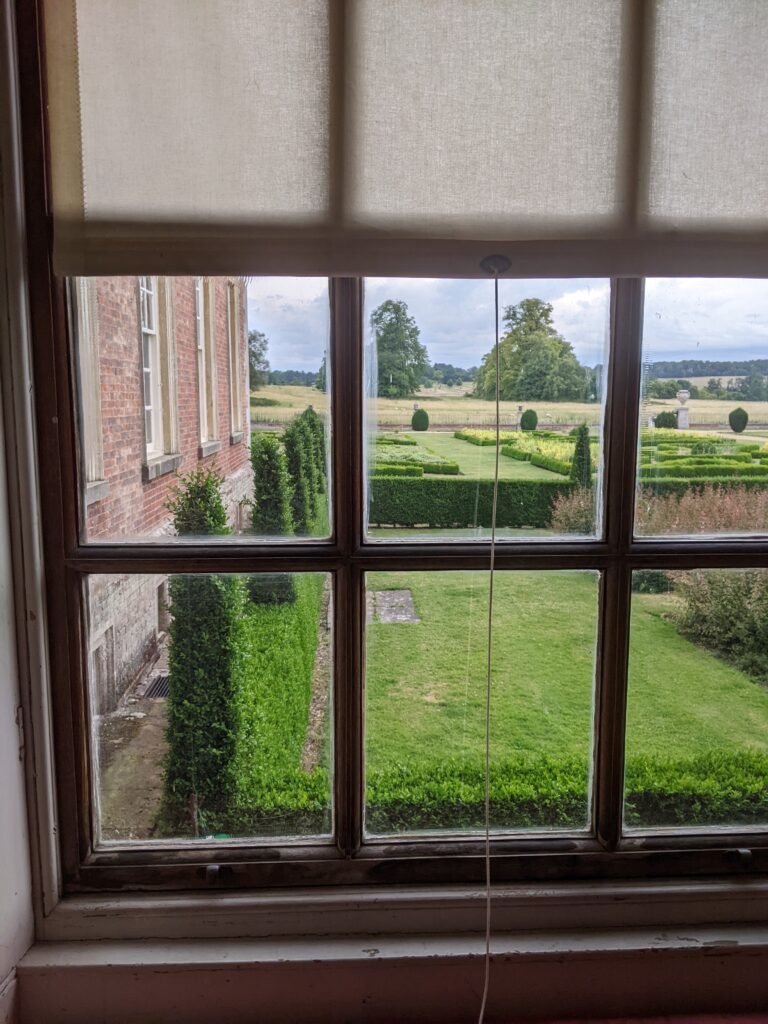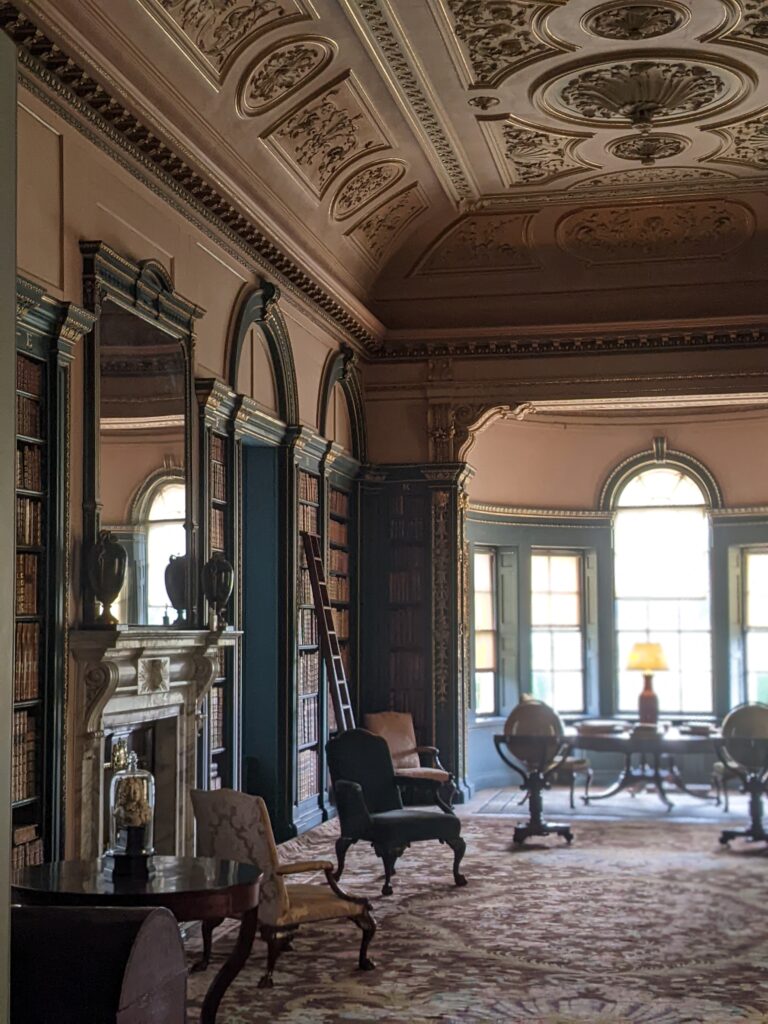Has England gone, as Philip Larkin thought it was going in his poem from 1972, Going Going?
“And that will be England gone,
The shadows, the meadows, the lanes,
The guildhalls, the carved choirs.
There’ll be books; it will linger on
In galleries; but all that remains
For us will be concrete and tyres.”
I was in England for the first time in 16 years a week ago. Was Larkin’s prediction right?
Starting in Cambridge, a friend picked us up at Luton in a hire car and we drove to Wimpole Estate. It was great to go straight into a country house estate from the airport – we walked around the grounds, walking to the stables which looked like a great architectural monument in itself crowned with statues of a rearing stag and lion. Then to the traditional farm, Home Farm, where the duke of the mid nineteenth century tried to advance agricultural techniques. There were shire horses, and I stroked the neck of the 19 hands tall Stanley, a behemoth of a creature, deeply calm and nonchalant. We then walked to a very large walled garden full of flowers and vegetables. I quickly located the raspberry patch and plucked some succulent dark fruit. The burst of deep flavour on the tongue made my day. Standing in an ancient English walled garden, eating raspberries off the bush with friends on a Saturday morning, what a pleasure. We walked outside the walled garden and spotted the stately Wimpole Hall through the parkland of ancient oaks and green grass. The house awaited, full of treasures. We walked on and found the church next to the big house. Inside and outside amongst the strewn and tilted old gravestones, green grass, silence and stillness reigned. Inside I found a side chapel off the nave where the sepulchres of previous dukes and aristocrats lay in marble carvings. There was a pleasure I found in being here that was magnified by not having been in England or such country churches with their ancient tombs for so long. This was all unaccustomed to me.
Then towards the front door of the house down the gravel drive, and past a row of carved marble urns atop a brick wall. For once these were not cast concrete urns, but actual huge Italian marble urns, carved with skill. In the house the room that really wooed me was the library. Low lit and long with a call, arching ceiling, the room boasted two giant world globes on either side of the desk in the centre at the other end from where you enter. Marble busts on plinths. Serried rows of leather bound books in white wooden shelves. A wonderful room. A room to make you feel uplifted onto higher ground. A room I could write in.
Outside was a statue next to the house of Samson Slaying a Philistine, a copy of a sculpture by Giambologna, executed around 1562 in Florence for the Medici. Charles I brought it to England and it became the most famous Italian sculpture in England in the 1600s. I saw the original marble in the Victoria and Albert museum a few days later. But what a pick for the front of your house. Very welcoming (see below)! Reminds me, and I would have thought anyone approaching the house, of how rapacious and martial English aristocracy has often been.
We drove to Cambridge. At 530pm we went to evensong at King’s College chapel. Sitting in this chapel, one of the greatest pieces of ecclesiastical architecture in the world, where tall fan vaulting makes stone seem as light as air, and listening to the ethereal voices of the choir sing, is one of the quintessential English experiences. Hundreds of millions of people around the Anglophone world listen to Carols from Kings each Christmas. Being there in the chapel as they lift up their voices you feel close to the heart of England, just as I did picking raspberries in the walled garden of Wimpole estate in the sunshine. Later that evening we saw another choral performance in St. John’s college. The students are gone at the moment for holidays so college chapels are often used for such concerts, and such chapels make wonderful settings for such music (even if they do have hard wooden pews).





